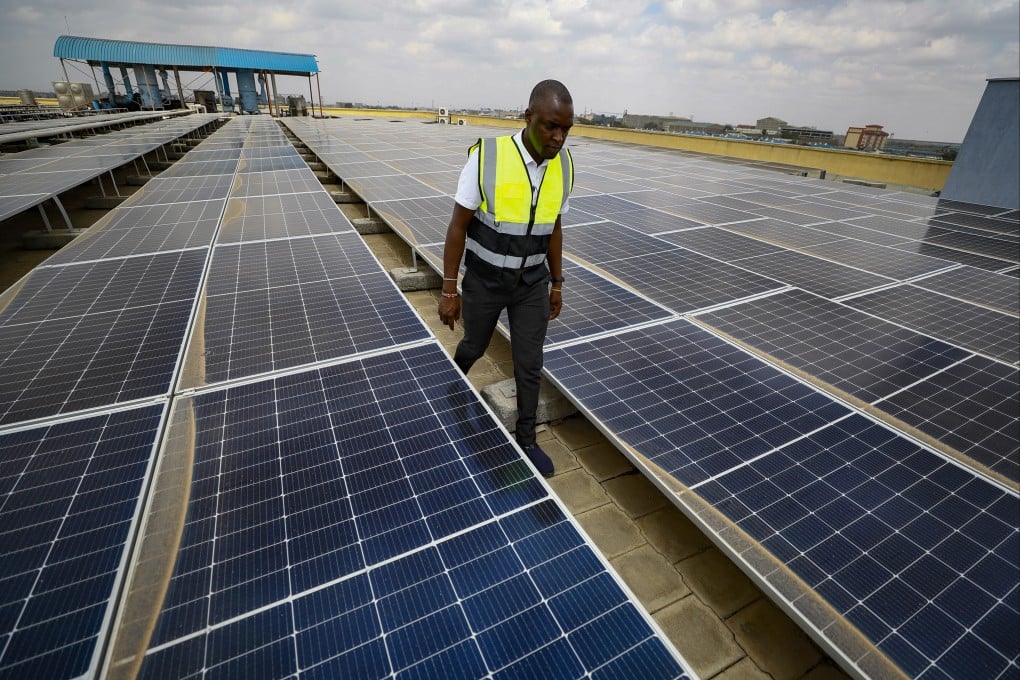The View | China’s solar power prowess can truly shine in energy-starved Africa
- The US market may be closed to it but China can shape development in Africa – as a developer and operator of solar energy projects

But the industry’s supply-demand balance must be understood in the context of its sustained high growth.
This is because solar power benefits from a powerful positive feedback loop. As solar panel deployment increases, economies of scale kick in, driving down manufacturing costs. These lower prices make solar energy more accessible and attractive, boosting demand. Increased demand fuels more investment and innovation, making solar technology even more efficient and affordable. This self-reinforcing cycle propels the exponential growth of solar power.
Given solar power made up less than 6 per cent of global electricity generated last year, the greatest growth is still to come. Solar power is expected to generate more electricity than gas-fired power plants in 2030 and coal-fired ones by 2032 – and could become our biggest electricity source in a decade.
But two key obstacles stand in the way of even faster adoption of solar power: storage and long-distance transmission.

